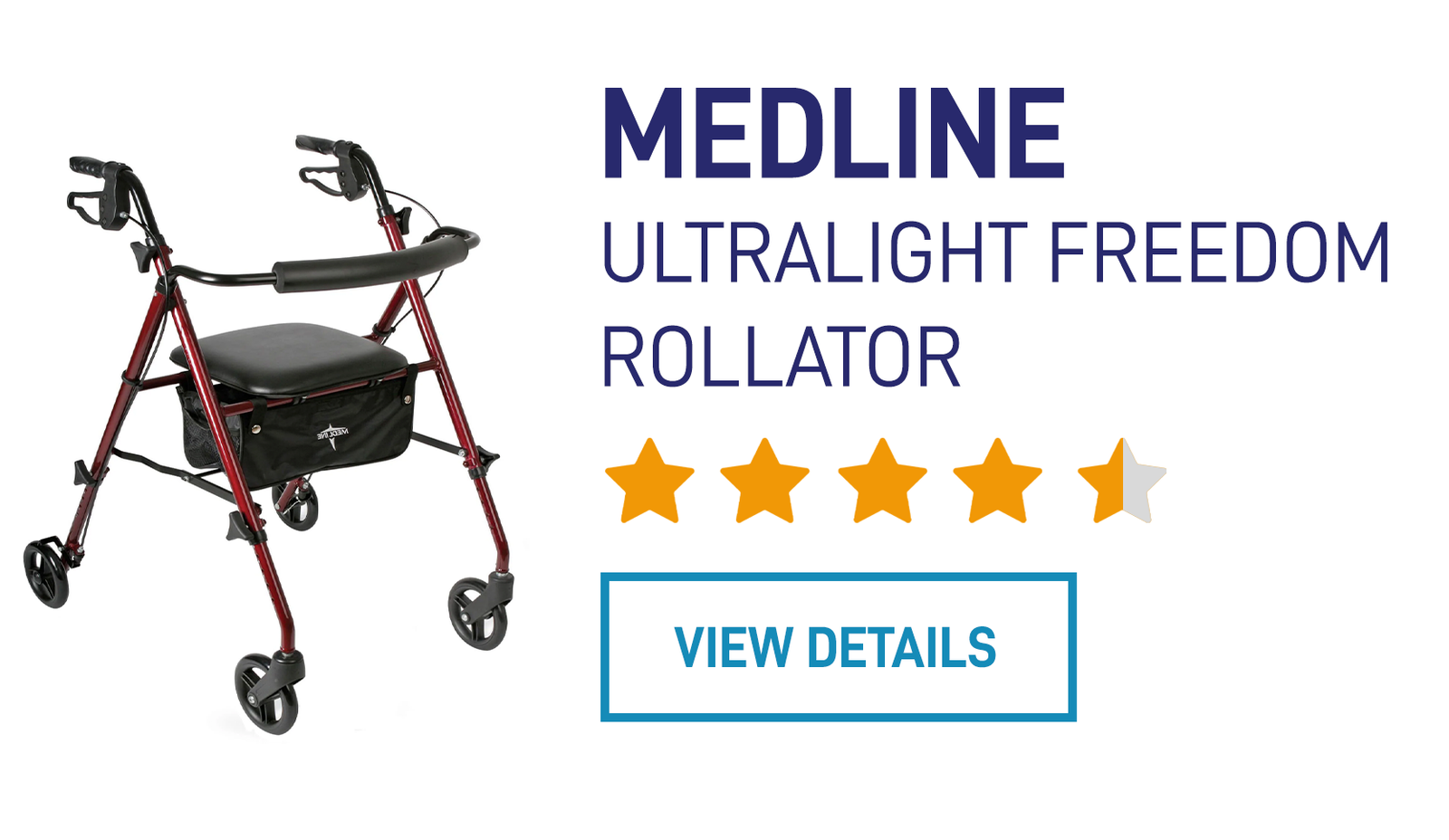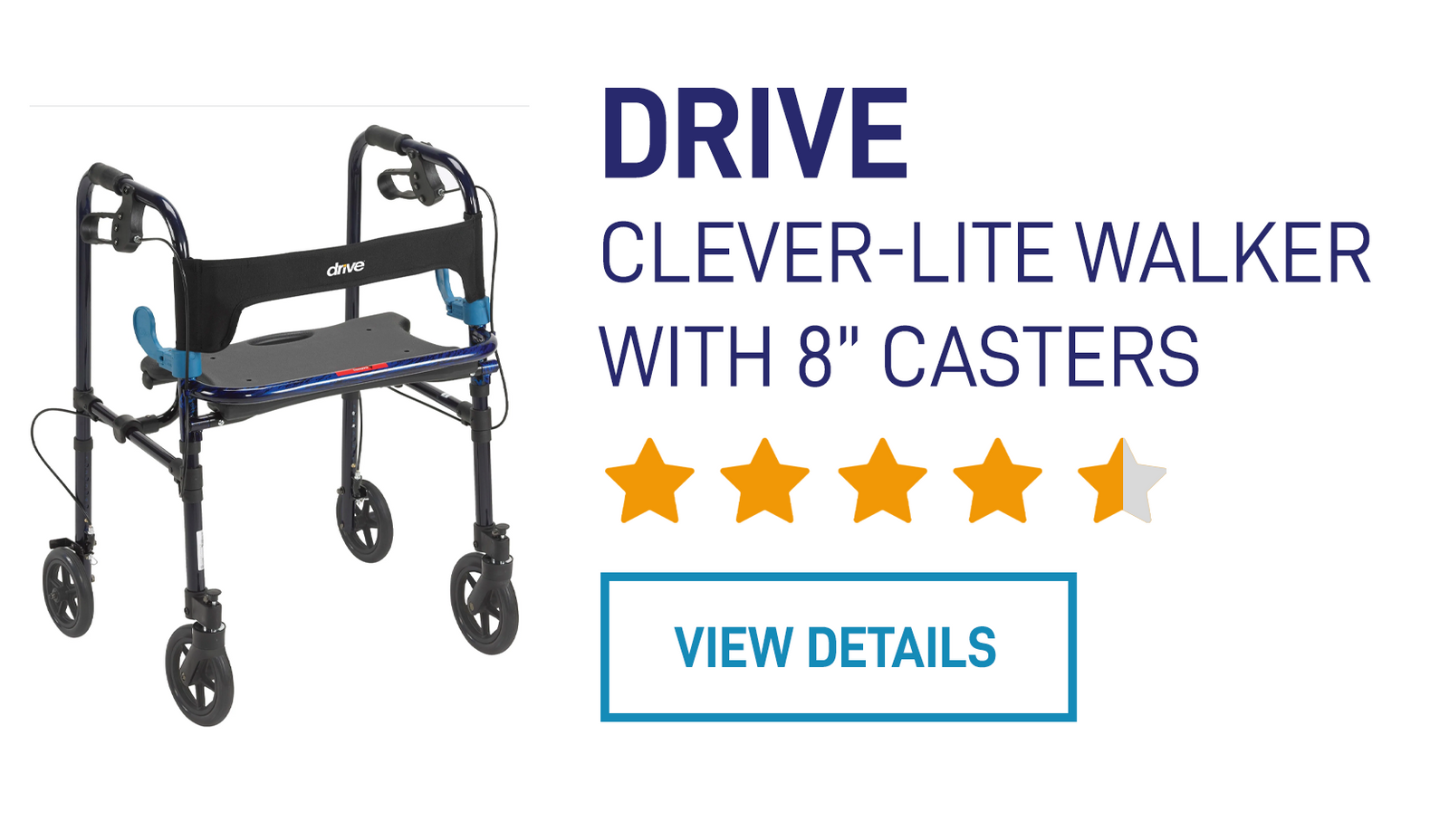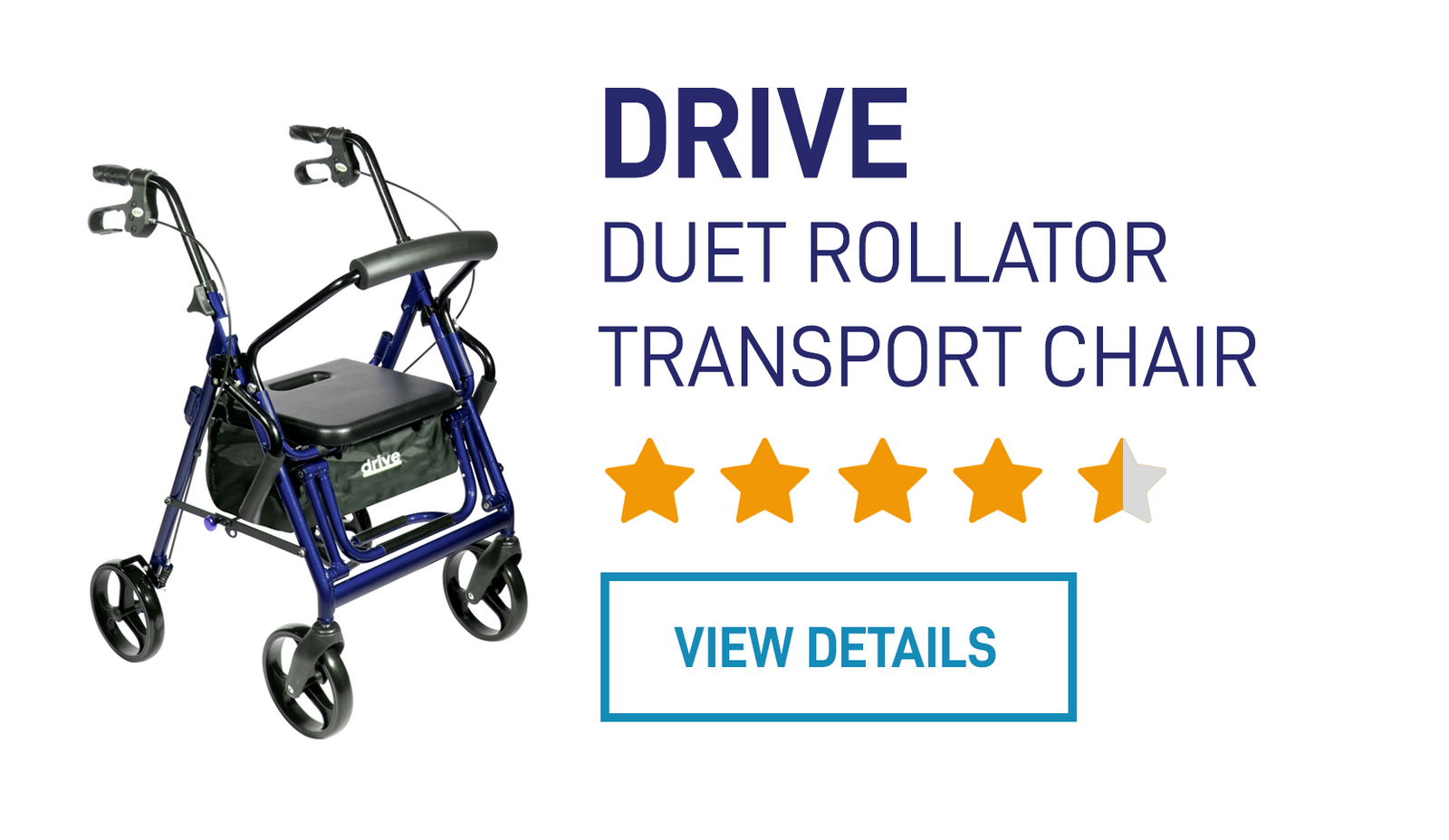Your Cart is Empty
Free Shipping on all orders $99.00 or more.
Menu

Free Shipping on all orders $99.00 or more.
ROLLATORS
Walkers
Crutches & Canes
Transport & Wheelchairs
Accessories & Parts
The Best Pets for Aging in Place
April 30, 2015 1 min read
Caregiver and occupational therapist Lynda Shrager has worked in geriatric rehabilitation for more than thirty-five years. According to her, one of the best things seniors can do to be more successful at aging in place is own a pet.
“My experience reveals that patients who have pets are typically happier and more engaged in many of life’s activities,” said Shrager.
But which pets? Even though dogs and cats are the pets that spring to mind first for most people, Shrager says birds are often the best choice. They’re fun and easier to care for. And plus, as Shrager herself has seen patients do, you can still take them on walks by putting their birdcage in your seated rollator. Shrager recommends canaries or finches for their simplicity.
If you prefer a dog, Shrager recommends poodles, Boston terriers, pugs, Chihuahuas, or Maltese. Poodles are friendly, easy to train, and don’t shed very much. Terriers and pugs don’t require a lot of activity. Chihuahuas and Maltese are convenient because they’re so small.
If you prefer a cat, Shrager recommends Russian Blues, Ragdolls, or Persians as these are all low maintenance cats.
As for reptiles such as snakes, turtles, and various lizards, Shrager actually recommends against them as they are all carriers of salmonella which could lead to illness.
So when choosing a furry or feathery companion, just keep in mind your abilities and your needs to find the best pet to help you age in place.
Subscribe
Sign up to get the latest on sales, new releases and more …
{"themeColor":"#5273b8","iconColor":"#5273b8","showLogo":true,"topBottomPosition":0,"rightLeftPosition":0,"iconSize":"large","iconCustomSize":60,"position":"middle-right"}



